Fertilize Plants: How, When and How Much? – Sow100
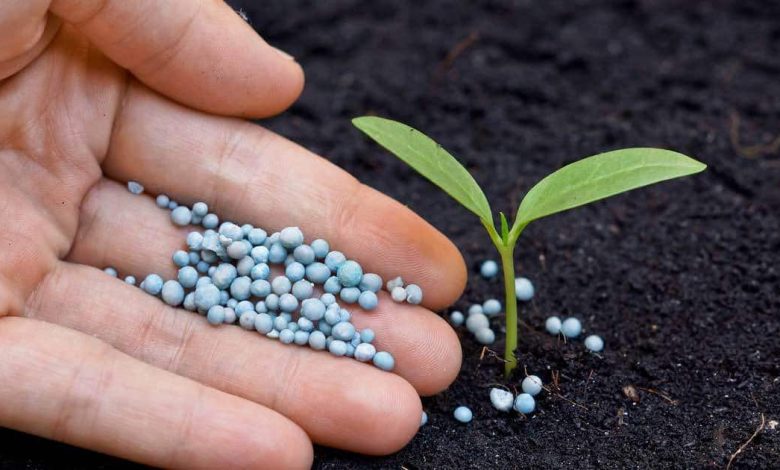
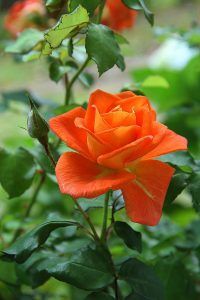
Did you know that plants also need nutrients to stay healthy and strong? Yes, just as you need food, they also need it.
The detail is that their requirements are not as constant as our daily meals and they have the opportunity to access what they find on the ground.
Because soils that are fertile have a certain accumulation of nutrients that they take advantage of on a regular basis.
The detail is that there comes a time when they are no longer enough and it is necessary to use the fertilizer for plants, do you know it? Let’s find out everything here.
Why is it important to fertilize plants?
Fertilizing plants is one of the fundamental cares when the plants are already advanced in their development, generally. In this way, they obtain enough nutrients to develop and form flowers and fruits with the best conditions.
There are certain diseases that can be prevented with a good fertilization practice because in this way the plants will become more resistant to any agent. It also has a direct impact on the vitality of plants, since it helps them carry out photosynthesis processes.
How often should we fertilize the plants?
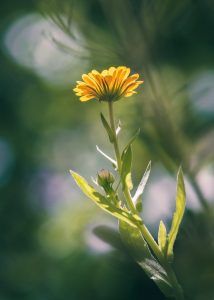 Each species has certain nutritional requirements that must be met throughout its life, so establishing a strict parameter is impossible.
Each species has certain nutritional requirements that must be met throughout its life, so establishing a strict parameter is impossible.
The most normal thing is that subscribers are planned annually during the spring or summer, as they are needed.
In some types of plants, subscribers can respond to very specific nutritional deficits and those are the ones that are programmed.
For this, it is essential to know the characteristics of the land and, of course, the nutritional needs of each plant species.
What nutrients do plants need?
Plants need two main families of nutrients, macronutrients and micronutrients.The difference between these does not lie in the importance it has for the plants but in the amount that it should have of each one.
Macronutrients include primary and secondary. The primary ones include nitrogen, phosphorus and potassium, which are essential. Secondary macronutrients are calcium, sulfur, and magnesium.
In the case of micronutrients, all the other components that are usually present in the soil are counted, such as chlorine, copper, boron, cobalt, iron, manganese, molybdenum, etc.
The important thing about all this is knowing that plants need all these nutrients in balance, since the lack or excess of any will cause problems.
What kind of fertilizers do plants need?
There are two main types of fertilizers that plants need and that are used frequently: organic and chemical.
For many reasons, organic fertilizers are almost always the best option because they are made with natural raw materials and do not cause damage to crops, especially when it comes to fruit plants.
And, since they can be done at home, the investment cost is practically zero. Compost, earthworm humus, organic matter such as manure, guano, etc. are known as organic fertilizers.
In the case of chemical fertilizers, they are specially designed to meet a specific nutritional requirement that is difficult with organic fertilizers.
For example, when a plant has an iron deficiency, it is complex to administer only that nutrient through an organic fertilizer. The reason is that it is more difficult to know the exact internal composition of these, while in chemicals they are well measured.
Chemical fertilizers can be slow release, foliar, complex fertilizers, specific according to the type of species, among others.
How do we prepare fertilizer for the plants?
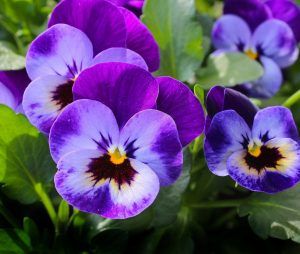 The preparation of the compost will largely depend on the type you are going to use.
The preparation of the compost will largely depend on the type you are going to use.
In the case of chemical fertilizers, these are already factory-ready and it will only be necessary to follow the manufacturer’s instructions for it to fulfill its mission.
Some are water soluble so you can administer them through irrigation. For organic fertilizers the process is more extensive.
For example, organic fertilizer goes through a more or less extensive phase to form that includes:
- Incorporate organic matter of a different nature that can decompose more or less easily. For example: dry leaves, food husks, the leftover after brewing coffee, etc.
- Moisten daily and stir so that the layers are integrated.
- Wait the appropriate time for a fine and light matter to form, such as earth, which will be incorporated into the chosen substrate.
There are some organic fertilizers that can also be obtained ready in stores specialized in this matter, such as manure or earthworm humus.
How do we detect if the plants need fertilizer?
Fertilizing practice should be part of the mandatory plant care tasks and should be administered at the appropriate times. Normally, these coincide with the flowering and fruit development periods, since these are the stages with the highest energy demand.
However, the plants themselves can indicate their nutritional needs with alterations in their leaves. Iron chlorosis is one of the most frequent conditions when the iron level of the plant is deficient and it manifests itself with the leaves turning yellow but keeping the nerves green.
If the entire leaf turns yellow, there is talk of a nitrogen deficiency, which can be very harmful as it is a macronutrient. In the event that purple spots appear, specialists associate it with a low level of phosphorus.
If the plant is seen with dry leaf edges and the irrigation processes have not changed, it could be a low potassium level. The plant fertilization process is one more care activity, but it must be attended to with good planning.
It is not at all logical to think that the more fertilizer is placed on the plant, the better production it will have because this does not work that way. In addition, we must pay attention to the communication that the plant itself does, because although it does not speak, it does know how to transmit messages.
Bibliographic references
- Soil and plant analysis and fertilization recommendations, JAO Prendes, EA Khouri, MM López – 2006 – books.google.com
- Fertilizers: practical guide to fertilization, A Gros, AD Vivancos – 1971 – sidalc.net
- Soil, plant and subscriber, N Arzola Pina, O Fundora Herrera… – 1986 – sidalc.net
- Fertilizers and fertilization, A Finck – 2021 – books.google.com
- The fertilization of crops, AD Vivancos – 1990 – mapa.gob.es


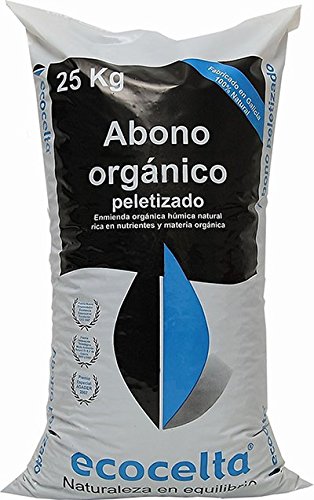
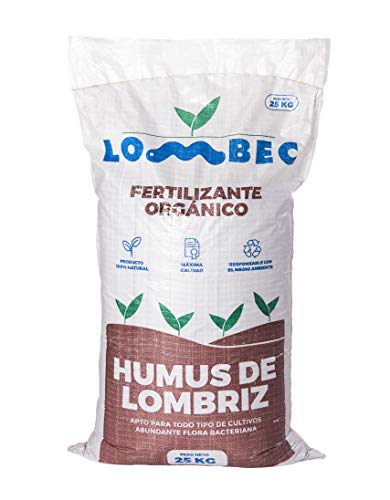

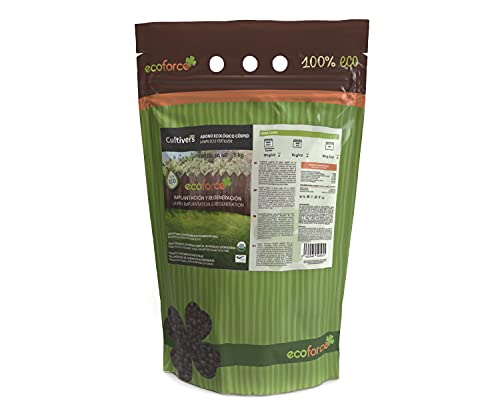
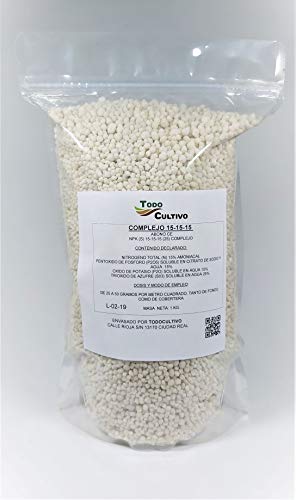



![Photo of Copper in Plants: [Use, Shortcomings, Advantages and Disadvantages]](https://www.complete-gardening.com/wp-content/uploads/2022/08/copper-in-plants-use-shortcomings-advantages-and-disadvantages-390x220.jpg)
